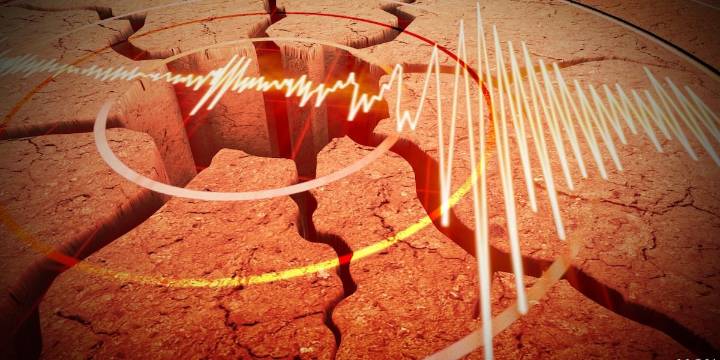CHARLOTTE, N.C. (WBTV) - Communities across the west coast were on alert earlier this month as many were watching for tsunami waves that were expected after one of the strongest earthquakes ever recorded hit eastern Russia.
The 8.8 magnitude earthquake seen off the coast of Russia on July 29 was among the most powerful on record.
Andy Bobyarchick, a geology professor at University of North Carolina - Charlotte, has been in the university’s Earth, Environmental, and Geographical Sciences department for more than four decades. He broke down what Russia’s Kamchatka Peninsula saw that when the earthquake struck off the coast.
“The northern Pacific crust is sliding beneath eastern Eurasia, and there’s a lot of friction where those types of plate tectonic boundaries lie,” Bobyarchick said.

 WBTV South Carolina
WBTV South Carolina

 Cleveland Jewish News
Cleveland Jewish News Cleveland 19 News Crime
Cleveland 19 News Crime WCPO 9
WCPO 9 WYTV
WYTV WFMJ-TV
WFMJ-TV The Register-Guard
The Register-Guard Salon
Salon